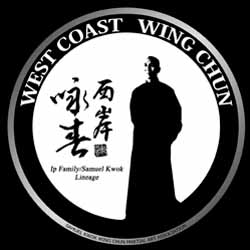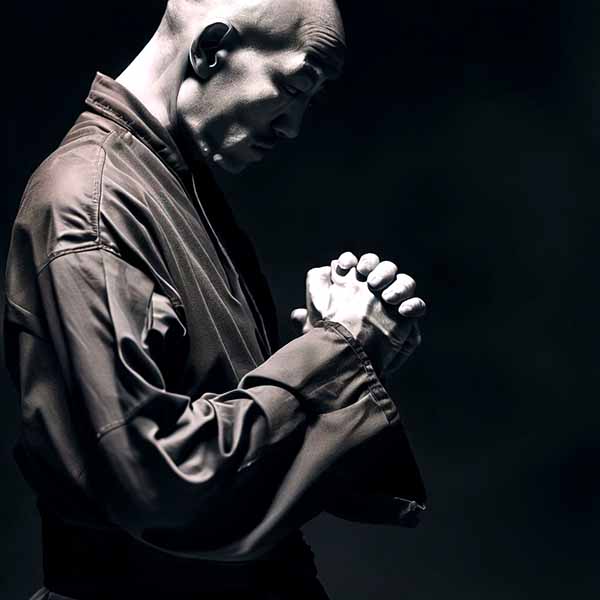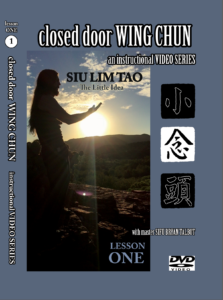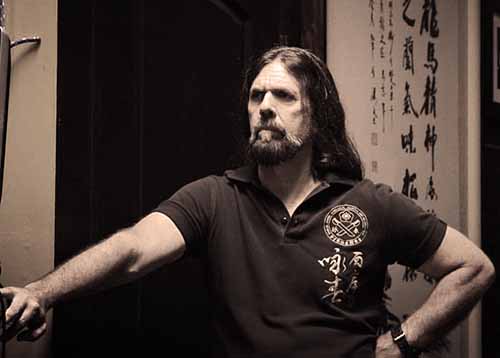Beginner's Wing Chun Guide
Introduction to Beginner's Wing Chun
Embarking on a journey into the world of martial arts is an exciting endeavor, and one style that stands out for beginners is Wing Chun. Known for its simplicity and practicality, Wing Chun offers an excellent starting point for those interested in self-defense and martial arts training. In this beginner’s guide, we will explore the fundamentals of Wing Chun, helping you take your first steps into this fascinating martial art.
Understanding the Basics of Wing Chun
Wing Chun is a Chinese martial art with a rich history dating back to the Qing Dynasty. It was developed to be effective in self-defense situations, emphasizing technique and strategy over brute force. As a beginner, grasping the basics is essential, and here are the fundamental principles that define Wing Chun:
1. Centerline Theory
Wing Chun revolves around the concept of the centerline, an imaginary line running down the center of the body. Control of the centerline is vital, as it allows you to defend yourself while simultaneously attacking your opponent’s vulnerabilities. This principle ensures that you maintain a strong position in any confrontation.
2. Economy of Motion
Efficiency is at the heart of Wing Chun. You’ll learn to execute techniques using the shortest and most direct paths, conserving energy and minimizing unnecessary movements. Unlike some other martial arts, Wing Chun doesn’t rely on flashy or acrobatic techniques but focuses on practical, efficient motions.
3. Simultaneous Attack and Defense
In Wing Chun, defense and attack are seamlessly integrated. You’ll practice techniques that allow you to block or deflect incoming strikes while simultaneously launching your own counterattacks. This ensures that you’re never purely on the defensive, maintaining control of the situation.
4. Relaxation
When learning Wing Chun’s relaxation principle, you will eliminate unnecessary tension, enhance awareness and enable efficient energy use that enables you to increase speed and power. It’s also about mastering calmness which is essential in redefining our inclination for tension-filled responses to enemies.
How to Start
1. Find a Qualified Instructor
To begin your Wing Chun journey, it’s crucial to find a qualified instructor or a reputable Wing Chun school. Look for instructors with experience and a strong lineage in the art. They will guide you through the fundamentals, correct your form, and provide valuable insights.
Check out our guide on picking a great Wing Chun lineage.
2. Master the Stance
The Wing Chun Yee Gee Kim Yeung Ma stance is the root stance, the foundation of your practice. It’s a relaxed, forward-facing position with knees slightly bent, designed for stability and mobility. Your instructor will teach you how to maintain this stance and move efficiently within it.
Take the time to develop it. Although it is simple to practice; it is crucial to achieving mastery in Wing Chun. Focus on keeping your weight evenly distributed and easing tension in your body while staying grounded. As you build muscle memory and gain more experience, you’ll find that the Wing Chun stance becomes second nature, allowing you to quickly and effectively transition between various techniques and attacks in actual combat situations. Remember, a strong foundation is key to your success in any martial art discipline.
3. Wing Chun's beginner form: Siu Lim Tao
Siu Lim Tao, known as the “Little Idea Form,” is a foundational practice for every beginner in Wing Chun. This form focuses on fundamental principles, such as relaxation, posture, and hand placement, while laying the groundwork for all subsequent Wing Chun techniques. Although performed slowly and without footwork, Siu Lim Tao plays a crucial role in understanding inner balance and energy flow. As students progress, this form also serves as a stepping stone to grasp more complex concepts in the art of Wing Chun. Mastering Siu Lim Tao is the key to unlocking your full potential as a martial artist.
Learn more about Wing Chun’s beginner form, Siu Lim Tao.
4. Learn Basic Techniques
Wing Chun’s core techniques include the centerline punch, Tan Sau (palm-up block), Fook Sau (covering hand) and Bong Sau (wing arm block). These techniques form the building blocks of your Wing Chun skills. Practice them diligently to develop proper form and precision.
Remember, while we are all at different ages, states of physical conditioning, and experience levels, the key to success in learning Wing Chun is to start where you are.
Progress is based on consistent practice, patience, and a willingness to grow. By understanding that everyone’s path is different, you cultivate an open mindset while remaining true to the art’s principles and concepts.
5. Consistency and Patience
Like any martial art, Wing Chun requires dedication, consistency, and patience. Progress may be gradual, but with time and practice, you’ll refine your skills and gain confidence in your abilities. While Wing Chun can be learned quickly, it is not a quick gratification art. Stay committed to your training, make conscious choices, take consistent action and you’ll reap the rewards. Aim for sustainability in the art. Make conscious choices that further your progression and your life.
Conclusion
Starting your journey into Wing Chun can be a fulfilling and empowering experience. By understanding the core principles, finding a qualified instructor, and diligently practicing the fundamentals, you’ll be well on your way to mastering this practical martial art. Remember that Wing Chun is not just about physical prowess but also about discipline, self-control, and mental focus. So, step onto the path of Wing Chun with an open mind and a willingness to learn, and you’ll discover the rich world of martial arts unfolding before you.




